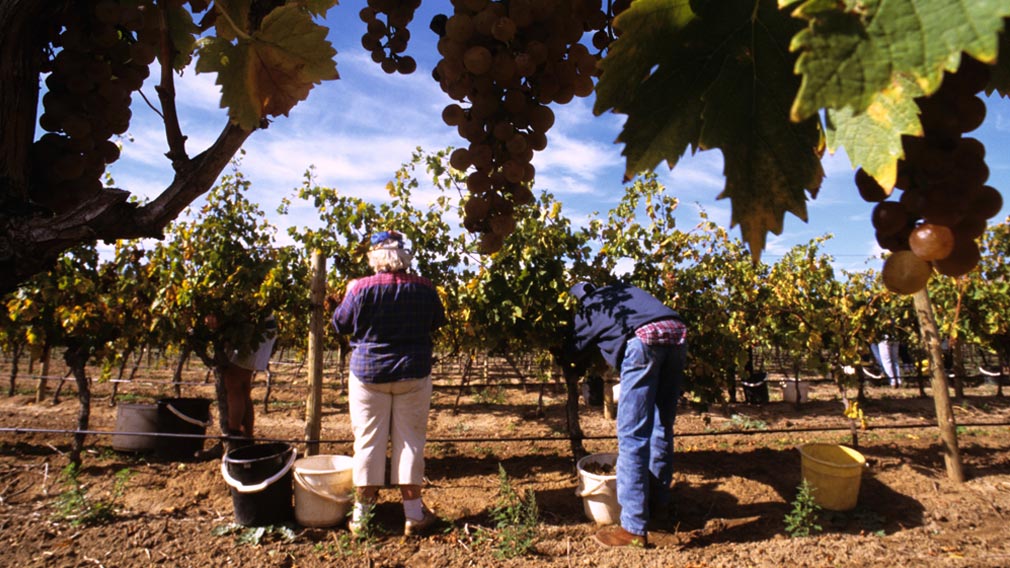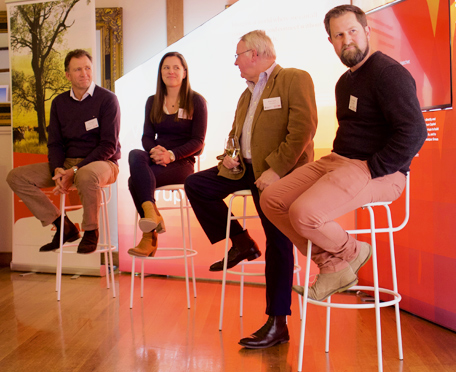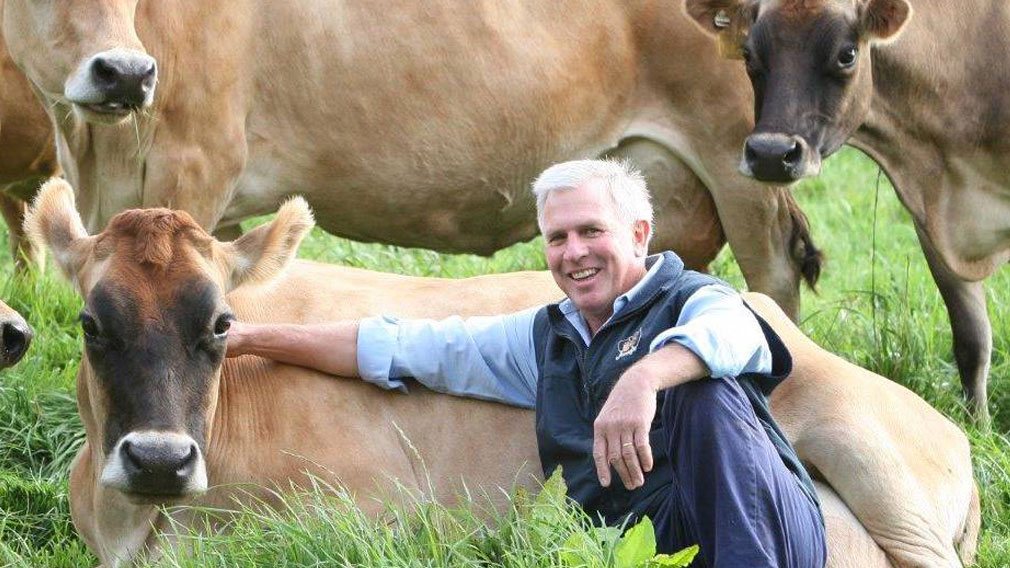Decanting the perfect drop in techy times

The Australian wine industry is firmly in recovery mode. (Getty Images)
As a fourth generation winemaker, Bruce Tyrrell has lived through many developments that have shaped the industry over the years.
Evolving tastes, new competition and economic down cycles have been just a few.
These days, technological innovation is at the forefront as winemakers seek to leverage efficiencies and gain access to new markets with a growing thirst for Australia’s wine. Like for most industries, the complexities and uncertainties associated with such massive changes can be exhausting.
As Usher Tinkler, a second-generation winemaker, told a recent Westpac and the Future Farmers Network “Verandah Series” event in the Hunter Valley: “You face the same problems as any business: cash flow, staffing, keeping up with product, problems with supply, growing the grapes, getting it bottled and into market quick enough.”
“But when you’re growing the business, you still have to invest a lot of money. And when you’re always putting money in, sometimes the cash isn’t there to run the day-to-day.”
Tyrrell, the legendary patriarch of Tyrrell’s Wines, knows such pressures all too well, saying that keeping on top of the traditional determinants of decanting a perfect drop remain as important as ever in a game as testing as winemaking.
“Even with all the technology, the marketplace is unchanged in that the risk profile is always there,” he said.
“You might lose entire crops or struggle to find workers when you need them. And at the end of the day, the most important date for any bottle of wine is still the day you decide to pick the grapes. If you can get that right, with any luck the rest falls into place.”
As the industry continues to bounce back from a difficult period in the first half of the past decade brought on by the GFC, droughts, more export competition and the appreciation of the Australian dollar, Brett Keeping said the industry had a history of adjusting to change and embracing innovation during hard times.
“We lived through the boom of the ’90s, an incredible period where there was a lot of money, everyone invested big in technology like soil moisture monitoring, weather stations, you name it. Twenty years ago, this was really ahead of the curve. It was too easy, and we all thought we were very clever,” recalled Keeping, an award-winning viticulturist of the Upper Hunter region and owner-operator of Two Rivers Wines.
“But I believe that real innovation happens when times are tough – and it isn’t always about technology. It’s about how we can do this better, smarter and improve the quality, without spending too much money.
“I think the new wines that are now emerging are so much better during this time of adversity than they were when it was all handed to us on a platter. We’ve come through the tough years and there’s now an exciting bunch of young winemakers, embracing the traditional techniques and doing everything the Hunter Valley is famous for.”

Winemakers, left to right, Brett Keeper, Xanthe Hatcher, Bruce Tyrrell and Usher Tinkler.
The wine industry is firmly in recovery mode.
Australian wine export value increased by 7 per cent to $2.22 billion in 2016 and average value grew by 6 per cent to $2.96 per litre free-on-board (FOB), the highest average value since 2009, according to the Wine Australia Export Report December 2016, released in January.
These figures were in large part driven by demand from the rapidly growing middle class in China, Australia’s top wine export destination after the value of the market grew by 40 per cent in 2016. About $520 million worth of wine was exported from Australia to mainland China in 2016, up from $370m in 2015. When Hong Kong and Macau were included, it was $630m.
Tinkler, whose father and uncle run Tinklers Wines, said he established his own label to take advantage of evolving tastes and demand.
“For example, five years ago in the China market, they were really only looking for traditional brands, so it was more the family brand. But now global markets are modernising – screw caps are everywhere – and I find my modern brand is getting equal recognition,” he said.
As farmers seek to mine their huge amount of data and better predict weather, soil quality and logistics, Tinkler said disruption now lies more in how products were marketed. “In the past, farmers were not traditionally very good at telling their own story. Whether you’re raising beef or growing grain or making wine, it’s all about the branding these days – establishing providence.”
Tyrrell agreed developing brands and fostering a sense of providence remained at the heart of the industry.
“Building a trusted premium brand and presenting it in a beautifully packaged bottle is still vital,” he said. “This idea of ‘old farm’ providence. For consumers, it’s almost the most important thing, and really, the entire basis of the cellar door market. If you’re growing vegetables, and you sell them at the local farmer’s market, you’ll get more for them than you will off the shelf at Coles or Woollies because the customer is getting that proof of providence. It’s the same with wine.”
Westpac’s Richard Linstead, lead entrepreneur-in-residence in the bank’s strategy unit, noted providing a snapshot of the entire journey that goes into making a bottle of wine – almost becoming part of brand experience – may evolve.
“I can see a world where a sommelier might verify a wine’s providence simply by scanning its chemical composition,” he said. “Now, obviously the composition would vary from vintage to vintage, so this is not in the realm of science fiction. The technology is already there. But is it answering a customer problem? Is there a real desire for this? Is there enough pride in a product’s providence or is this a problem sommeliers genuinely have? You have to work out who the end-customer is and work backwards from there.”
Tristan Shannon, head of operations at AgriDigital, a fintech start-up that uses “blockchain”, said the distributed ledger technology could play a role.
“Authenticity of product, the sense of terroir, will be particularly important in the future. So by good application of blockchain, consumers will be able to confirm providence themselves,” he said. “With infallible devices and technology at the very start of the supply chain, it makes providence even more assured.”
Tinkler said supply chains were ripe for innovation. “It’s now just as easy for me to sell a box of wine in Hong Kong as it is in Melbourne,” he said.
John Pattinson, chief development officer of DiscoveryAg, said there would be a “massive increase” in the data farms generate in the next five years, improving supply chains and generate greater certainty.
Additional reporting: Michael Bennet

